In the circuit below we have have a single bulb, and a power supply. (Throughout this article, we’re going to assume the power supply is perfect; delivering constant voltage with no internal resistance. We’re also going to assume the bulbs are perfect Ohmic devices having fixed resistance).

Let’s say the bulb glows nicely, and consumes power donated by the letter P.
If we want to add a second bulb, we have two options. We can connect the bulbs in parallel or series. What happens to the power consumed?

On the left, the bulbs are connected in parallel. Each experiences the same potential from the supply. Each bulb glows with the same intensity as the single bulb. The power consumed is 2P.
On the right, the bulbs are connected in series. The same current flows through both bulbs as it did for the single bulb, and the voltage drops half over each bulb. As power is V2/R, with half the voltage, each bulb consumes (glows) with a quarter brightness of the single bulb. However, there are two of them, so the total power consumed is P/2.
What use is this? Well, it allows you to adjust the power consumed (brightness) of the configuration and, in the days of incandescent bulbs, this helped preserve the life off the bulbs.
We don’t want to have to reconfigure a circuit each time we wish to change between the two configurations, so the challenge is, can we do this with a switch?
The Challenge
Solution
Here’s a possible solution:

When the switch is in the ‘up’ position, a simplified diagram of the circuit if show below left. The bulbs are in parallel. When the switch is in the ‘down’ position, the circuit is equivalent to that on the right. Notice one of the switch terminals is not even connected, and left floating in this solution!

This is not the only solution. You might have come up with others (and/or reflections). Here are a couple more possible solutions:


With reciprocity, the bulbs could be replaced by batteries (and the supply turned into output connectors), and you could make a two voltage power supply (for instance, a box that could deliver 12v or 24v outputs at the flick of a switch using two 12v batteries).
